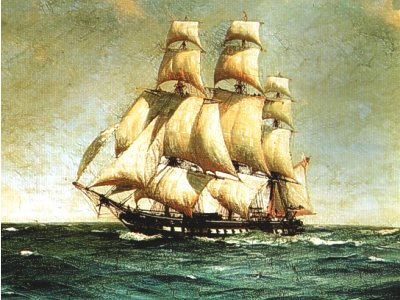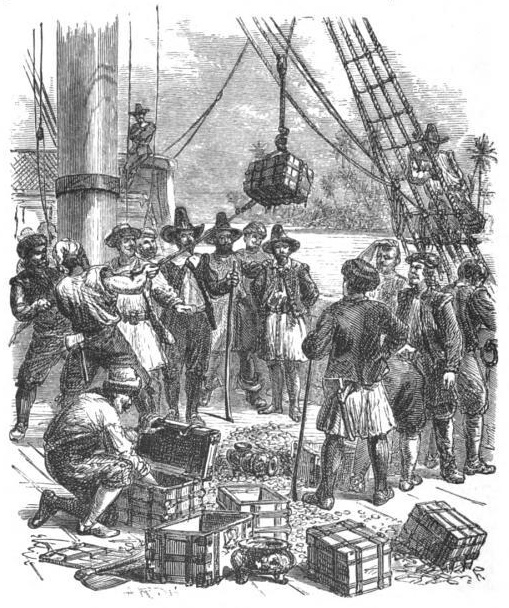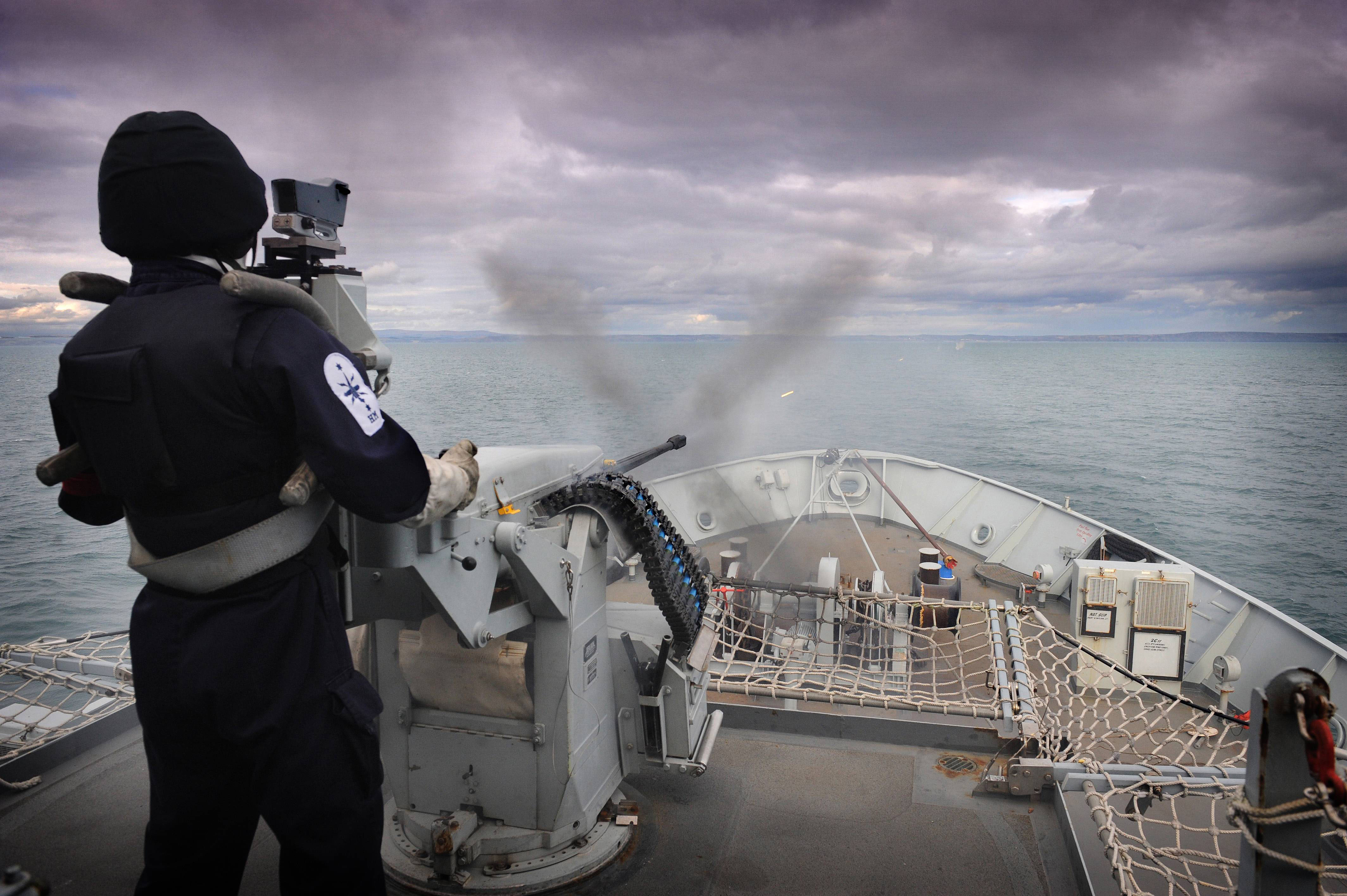|
Blessing Of Burntisland
The ''Blessing of Burntisland'' was a wooden ferry that carried people and goods across the Firth of Forth, Scotland, between Burntisland and Leith in the early 17th century. It sank in 1633 carrying a large amount of royal treasure. The shipwreck has never been found. History In 1626, the ferry was granted Letters of Marque, a licence to attack or capture enemy vessels during the Thirty Years' War. Sinking The ferry capsized during a storm on 10 July 1633.Farrington, p. 35. Only two of its thirty-five passengers and crew survived. It was also carrying 20 carts of jewels, plate and textiles belonging to Charles I, which included, among other valuable objects, a 280-piece silver dinner service commissioned by Henry VIII.Saari, et al., p. 51. Charles, undertaking an official tour of Scotland after his coronation there, had been staying at his hunting lodge in Falkland. He watched the ferry sink from the deck of his flagship, the ''Dreadnought''. He blamed the s ... [...More Info...] [...Related Items...] OR: [Wikipedia] [Google] [Baidu] |
Firth Of Forth
The Firth of Forth () is the estuary, or firth, of several Scottish rivers including the River Forth. It meets the North Sea with Fife on the north coast and Lothian on the south. Name ''Firth'' is a cognate of ''fjord'', a Norse word meaning a narrow inlet. ''Forth'' stems from the name of the river; this is ''*Vo-rit-ia'' (slow running) in Proto-Celtic, yielding '' Foirthe'' in Old Gaelic and '' Gweryd'' in Welsh. It was known as ''Bodotria'' in Roman times. In the Norse sagas it was known as the ''Myrkvifiörd''. An early Welsh name is ''Merin Iodeo'', or the "Sea of Iudeu". Geography and economy Geologically, the Firth of Forth is a fjord, formed by the Forth Glacier in the last glacial period. The drainage basin for the Firth of Forth covers a wide geographic area including places as far from the shore as Ben Lomond, Cumbernauld, Harthill, Penicuik and the edges of Gleneagles Golf Course. Many towns line the shores, as well as the petrochemical complexes at Gr ... [...More Info...] [...Related Items...] OR: [Wikipedia] [Google] [Baidu] |
Royal Navy
The Royal Navy (RN) is the United Kingdom's naval warfare force. Although warships were used by English and Scottish kings from the early medieval period, the first major maritime engagements were fought in the Hundred Years' War against France. The modern Royal Navy traces its origins to the early 16th century; the oldest of the UK's armed services, it is consequently known as the Senior Service. From the middle decades of the 17th century, and through the 18th century, the Royal Navy vied with the Dutch Navy and later with the French Navy for maritime supremacy. From the mid 18th century, it was the world's most powerful navy until the Second World War. The Royal Navy played a key part in establishing and defending the British Empire, and four Imperial fortress colonies and a string of imperial bases and coaling stations secured the Royal Navy's ability to assert naval superiority globally. Owing to this historical prominence, it is common, even among non-Britons, to ref ... [...More Info...] [...Related Items...] OR: [Wikipedia] [Google] [Baidu] |
Shipwrecks Of Scotland
A shipwreck is the wreckage of a ship that is located either beached on land or sunken to the bottom of a body of water. Shipwrecking may be intentional or unintentional. Angela Croome reported in January 1999 that there were approximately three million shipwrecks worldwide (an estimate rapidly endorsed by UNESCO and other organizations). When a ship's crew has died or abandoned the ship, and the ship has remained adrift but unsunk, they are instead referred to as ghost ships. Types Historic wrecks are attractive to maritime archaeologists because they preserve historical information: for example, studying the wreck of revealed information about seafaring, warfare, and life in the 16th century. Military wrecks, caused by a skirmish at sea, are studied to find details about the historic event; they reveal much about the battle that occurred. Discoveries of treasure ships, often from the period of European colonisation, which sank in remote locations leaving few livin ... [...More Info...] [...Related Items...] OR: [Wikipedia] [Google] [Baidu] |
Ferries Of Scotland
A ferry is a ship, watercraft or amphibious vehicle used to carry passengers, and sometimes vehicles and cargo, across a body of water. A passenger ferry with many stops, such as in Venice, Italy, is sometimes called a water bus or water taxi. Ferries form a part of the public transport systems of many waterside cities and islands, allowing direct transit between points at a capital cost much lower than bridges or tunnels. Ship connections of much larger distances (such as over long distances in water bodies like the Mediterranean Sea) may also be called ferry services, and many carry vehicles. History In ancient times The profession of the ferryman is embodied in Greek mythology in Charon, the boatman who transported souls across the River Styx to the Underworld. Speculation that a pair of oxen propelled a ship having a water wheel can be found in 4th century Roman literature "''Anonymus De Rebus Bellicis''". Though impractical, there is no reason why it could not work ... [...More Info...] [...Related Items...] OR: [Wikipedia] [Google] [Baidu] |
HMS Lutine (1779)
''Lutine'' was a frigate which served in both the French Navy and the Royal Navy. She was launched by the French in 1779. The ship passed to British control in 1793 and was taken into service as HMS ''Lutine''. She sank among the West Frisian Islands during a storm in 1799. She was built as a French with 32 guns, and was launched at Toulon in 1779. During the French Revolution, ''Lutine'' came under French Royalist control. On 18 December 1793, she was one of sixteen ships handed over to a British fleet at the end of the Siege of Toulon, to prevent her being captured by the French Republicans. In 1795, she was rebuilt by the British as a fifth-rate frigate with 38 guns. She served thereafter in the North Sea, where she was part of the blockade of Amsterdam. ''Lutine'' sank during a storm at Vlieland in the West Frisian Islands on 9 October 1799, whilst carrying a large shipment of gold. Shifting sandbanks disrupted salvage attempts, and the majority of the cargo has neve ... [...More Info...] [...Related Items...] OR: [Wikipedia] [Google] [Baidu] |
HMS Sussex (1693)
HMS ''Sussex'' was an 80-gun third-rate ship of the line of the Kingdom of England, English Royal Navy, lost in a severe storm on 1 March 1694Gregorian calendar. HMS ''Sussex'' sank according to the Julian calendar, still used in England at that time, on 19 February 1693/4. off Gibraltar. On board were possibly 10 tons (330,000 troy oz) of gold coins. This could now be worth more than $500 million, including the bullion and Antique, antiquity values, making it one of the most valuable wrecks ever. History ''Sussex'' was launched at Chatham Dockyard on 11 April 1693, and was the pride of the Royal Navy. As the flagship of Admiral Sir Francis Wheler, she set sail from Portsmouth on 27 December 1693, escorting a fleet of 48 warships and 166 merchant ships to the Mediterranean. 'Nov. 22. Kensington. Instructions for Sir Francis Wheler, knight, commander-in-chief of a squadron fitted out for the Straits. As soon as you join the Spanish armada, pursuant to the instructions o ... [...More Info...] [...Related Items...] OR: [Wikipedia] [Google] [Baidu] |
Treasure Hunter
Treasure hunter is the physical search for treasure. For example, treasure hunters try to find sunken shipwrecks and retrieve artifacts with market value. This industry is generally fueled by the market for antiquities. The practice of treasure-hunting can be controversial, as locations such as sunken wrecks or cultural sites may be protected by national or international law concerned with property ownership, marine salvage, sovereign or state vessels, commercial diving regulations, protection of cultural heritage and trade controls. Treasure hunting can also refer to geocaching a sport in which participants use GPS units to find hidden caches of toys or trinkets, or various other treasure-hunting games. History In 1643, Massachusetts treasure hunter Sir William Phips salvaged a sunken Spanish treasure ship which had been wrecked on the Ambrosia Bank in 1599. The total worth of the treasures salvaged came in at £205,536. The ''Nuestra Señora de Atocha'' left Havana b ... [...More Info...] [...Related Items...] OR: [Wikipedia] [Google] [Baidu] |
Secretary Of State For Scotland
The secretary of state for Scotland ( gd, Rùnaire Stàite na h-Alba; sco, Secretar o State fir Scotland), also referred to as the Scottish secretary, is a Secretary of State (United Kingdom), secretary of state in the Government of the United Kingdom, with responsibility for the Scotland Office. The incumbent is a member of the Cabinet of the United Kingdom. The office holder works alongside the other Scotland Office#Ministers, Scotland Office ministers. The corresponding shadow minister is the Shadow Secretary of State for Scotland, shadow secretary of state for Scotland. The incumbent is Alister Jack, following his appointment by Prime Minister of the United Kingdom, Prime Minister Boris Johnson in July 2019 and who was reappointed by Liz Truss and Rishi Sunak. History Prior to devolution (before 1999) The post was first created after the Acts of Union 1707 created the Kingdom of Great Britain from the Kingdom of England and the Kingdom of Scotland. It was abolished in ... [...More Info...] [...Related Items...] OR: [Wikipedia] [Google] [Baidu] |
BNS Anushandhan
BNS ''Anushandhan'' is a survey vessel of the Bangladesh Navy. She previously served with the Royal Navy as the coastal survey vessel HMS ''Roebuck'' (H130) from 3 October 1986 to 15 April 2010. She was the last traditional survey ship to serve in the Royal Navy. In 2010, she was sold to the Bangladesh Navy. She was handed over to the Bangladesh Navy on 28 May 2010. On 1 June 2010 she sailed for Bangladesh. She is the first dedicated hydrographic survey ship to serve with Bangladesh Navy. Building Brooke Marine built the ship at Lowestoft, Suffolk, launching her on 14 November 1985 and completing her in August 1986. She has twin screws, each powered by an eight-cylinder Mirrlees Blackstone diesel engine. Royal Navy service Although nominally used for surveying along the United Kingdom continental shelf, with the downsizing of the survey fleet, ''Roebuck'' was enhanced to enable her to operate overseas. She was fitted with a full suite of hydrographic sensors, and a Survey Mo ... [...More Info...] [...Related Items...] OR: [Wikipedia] [Google] [Baidu] |
Lancashire
Lancashire ( , ; abbreviated Lancs) is the name of a historic county, ceremonial county, and non-metropolitan county in North West England. The boundaries of these three areas differ significantly. The non-metropolitan county of Lancashire was created by the Local Government Act 1972. It is administered by Lancashire County Council, based in Preston, and twelve district councils. Although Lancaster is still considered the county town, Preston is the administrative centre of the non-metropolitan county. The ceremonial county has the same boundaries except that it also includes Blackpool and Blackburn with Darwen, which are unitary authorities. The historic county of Lancashire is larger and includes the cities of Manchester and Liverpool as well as the Furness and Cartmel peninsulas, but excludes Bowland area of the West Riding of Yorkshire transferred to the non-metropolitan county in 1974 History Before the county During Roman times the area was part of the Bri ... [...More Info...] [...Related Items...] OR: [Wikipedia] [Google] [Baidu] |
Burntisland
Burntisland ( , sco, also Bruntisland) is a former royal burgh and parish in Fife, Scotland, on the northern shore of the Firth of Forth. According to the 2011 census, the town has a population of 6,269. It was previously known as Wester Kinghorn or Little Kinghorn. It is known locally for its award-winning sandy beach, the 15th-century Rossend Castle, as well as the traditional summer fair and Highland games day. To the north of the town a hill called The Binn is a landmark of the Fife coastline; a volcanic plug, it rises above sea level. History Early evidence of human activity in this area has been found in rock carvings on the Binn, thought to be about 4,000 years old. The Roman commander Agricola may have used the natural harbour and set up camp at the nearby Dunearn Hill in AD 83. The earliest historical record of the town was in the 12th century, when the monks of Dunfermline Abbey owned the harbour and neighbouring lands.Lamont-Brown ''Fife in History and Legend ... [...More Info...] [...Related Items...] OR: [Wikipedia] [Google] [Baidu] |
English Ship Dreadnought (1573)
''Dreadnought''The 'HMS' prefix was not used until the middle of the 18th century, but is sometimes applied retrospectively was a 41-gun galleon of the Tudor navy, built by Mathew Baker (shipwright), Mathew Baker and launched in 1573. Like HMS Dreadnought (1906), HMS ''Dreadnought'' of 1906, she was a radical innovation over contemporary ships. When John Hawkins (naval commander), John Hawkins became Treasurer of the Navy in 1577, he had sailed all over the world, and his ideas contributed to the production of a new Race-built galleon, race-built series of galleons—of which ''Dreadnought'' was the second, following HMS Foresight (1570), ''Foresight'' of 1570—without the high forecastle and aftcastle prevalent in earlier galleons. These "marvels of marine design" could reputedly "run circles around the clumsier Spanish competition." ''Dreadnought'' took part in many of the naval engagements between Britain and Spain in the late 16th and early 17th centuries. Under Captain Tho ... [...More Info...] [...Related Items...] OR: [Wikipedia] [Google] [Baidu] |
.jpg)






